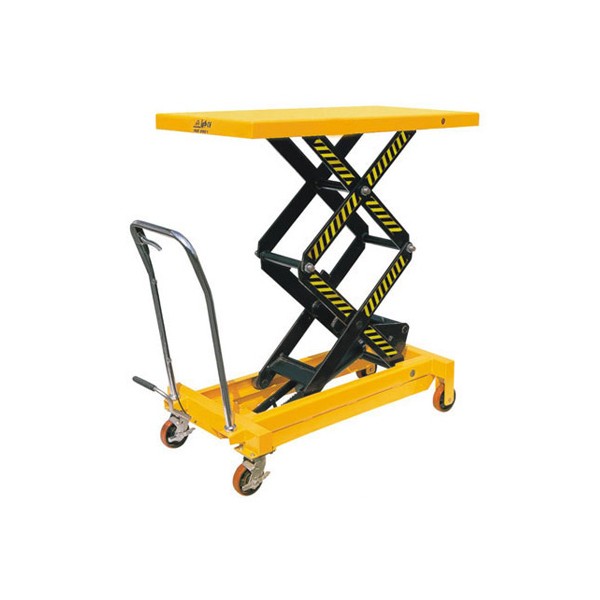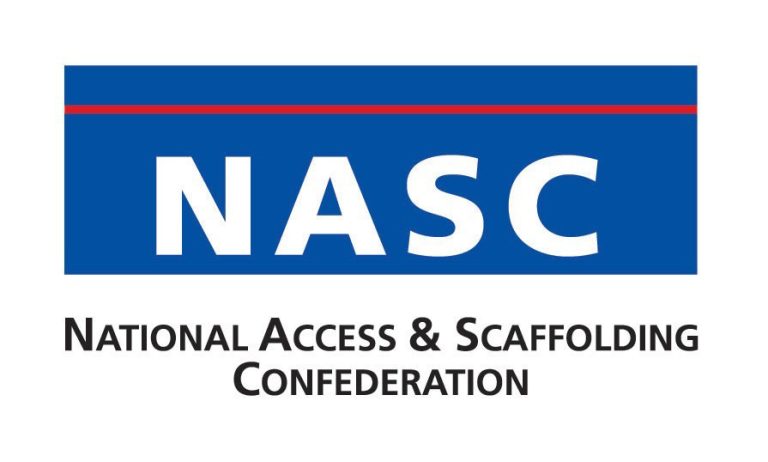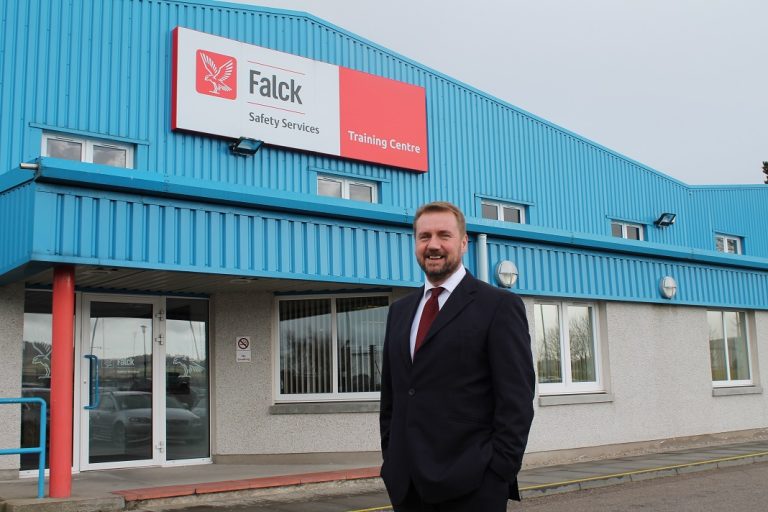Attended by VIPs Lord Taylor of Goss Moor and Councillor Neil Atkin Following on from the government’s spending review announcement, which will see the UK’s housing budget double to £2 billion, Trent & Dove Housing Association and Maplevale Developments Ltd celebrated the completion of a joint £2.4 million project on Milton Road, Repton, as part of their commitment to building more homes in rural areas. Lord Taylor, former founder of the 2009 Rural Coalition, along with local Councillor Neil Atkin attended the launch event on Tuesday 24th November, which marked the completion of the 12 month project. Talking about the development, Lord Taylor said: “I spent a lifetime living in rural communities and I’ve spent half a lifetime trying to persuade people that it is possible to deliver the homes to the people that need them, in ways that don’t destroy places but actually enhance them. “I really like this development at Clayfields. It demonstrates that it is possible to create homes that fit within the landscape of the local community that people, whatever their background or needs, will be proud to live in.” The brand new Clayfields site aims to bridge the gap between quality and affordable housing in the area, encompassing both social rental and low-cost private homes, as Trent & Dove recruited the expertise of inspirational home designers and developers Maplevale. The move comes as South Derbyshire District Council revealed a lack of affordable housing in Repton in their Local Department Framework. Attending on behalf of South Derbyshire Council, local Councillor Neil Atkin said; “We are standing on a site looking towards the future, and a scheme which shows an outstanding partnership between a privately owned company, Trent & Dove, and South Derbyshire District Council, to build new homes in a rural village. Today, Repton is seen as a key service village, with a vibrant community that has access to many amenities such as clubs, societies and shops. “South Derbyshire District Council would like to thank Trent & Dove, along with their chosen construction company, Maplevale Developments, for not only the development, but the building of more affordable properties in the area. Trent & Dove has demonstrated to us and identified the needs of their customers and remodeled their houses accordingly. They have delivered a successful five year development programme, ensuring that their properties by far exceed the government’s decent homes standards across their portfolio of 1000 properties across South Derbyshire.” Steve Grocock, Director of Property Services at Trent & Dove goes on to explain: “Affordable homes in rural, sought-after locations means that families can continue to live in the same area through the generations. They could provide a home for young people, low-income households or vulnerable people who would have otherwise had to move out of the area and away from where they call ‘home’.” The site boasts 24 stylish homes and apartments, designed and built by Maplevale Developments, each one sympathetically aligned with the local architecture and pastoral surroundings. The specification of each home has set a new level of quality in private and affordable housing, as Maplevale’s high standards stay consistent on every build, whether privately owned or tenanted. Trent & Dove has already sold two low cost shared ownership homes on the Clayfields Repton site, and many of the houses are rented, offering a more affordable option to buying. Friends, Charlotte Brown, mother to Elijah aged 1, and Samantha Cassidy, mother to Archie aged 2 and five months pregnant with her second child, have both privately rented on the Clayfields estate since August, seeing it as an opportunity to stay in the area they grew up in. Samantha explains; “I’ve lived in Repton all my life, and my family all live just down the road, so I was very keen to stay in the area. The new Clayfields estate has given my family the option to rent in an area that is seriously short of housing, and my children can now grow up in a lovely area with great schools.” Maplevale Developments is also celebrating its completion of their 100th affordable house at Clayfields and has pledged to build a further 120 affordable homes in the East Staffordshire and South Derbyshire area as part of Trent & Dove’s commitment to creating 600 affordable homes over the next five years. Ian Reynolds, Director of Maplevale Developments, explains: “This is the third development we have completed in conjunction with Trent & Dove over the past 12 months. By building quality, affordable homes in areas of high demand, the local community becomes more diverse, welcoming and retaining residents in desirable areas who would have been otherwise unable afford their own home, often through no fault of their own. “In order to preserve long-standing, communities that are the heartbeat of every village, we need to make sure younger generations have access to quality homes at a price they can afford. Without this, young home buyers will move out of the area to look for a more affordable option, resulting in aging village communities that are separated from their growing families. “All of our homes are designed to have kerb-appeal, with well-planned layouts, exceptional quality finishes, low heating costs and picturesque external recreational spaces, all in compliance with exacting building codes. “We believe this site is the first of many rural exception developments in the area and we are currently planning schemes in nine other villages in Derbyshire and Staffordshire to build upon the success of Clayfields Repton.” For more information please contact Katie Whirledge on kt@papillonpr.co.uk or call 01543 898 195.













